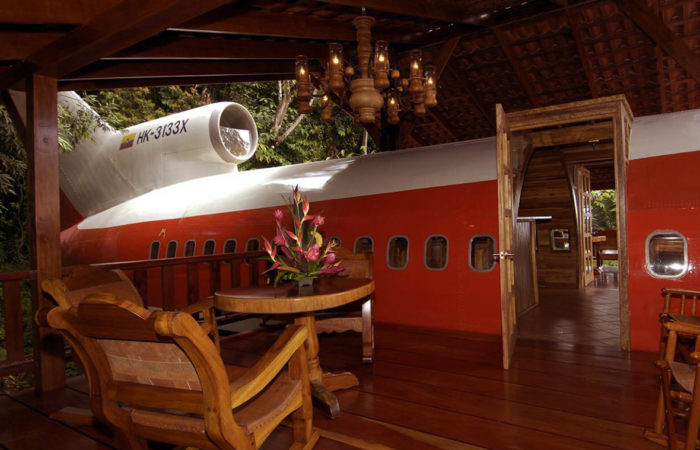Wildfires pollute waterways and could affect their ability to sequester carbon, recent University of British Columbia research shows.
Dr. Brian Hunt, professor in the Institute for the Oceans and Fisheries (IOF), and Emily Brown, IOF research scientist, discuss how wildfires affect our waters and what this means in a changing climate.
What did you find about how fire affects water?
BH: We focused on the mighty Fraser River basin. When forests burn, they release ash, soil particles and chemicals into the environment. In a recent study which analyzed water quality and wildfire data, we were able to link increases in the concentrations of compounds like arsenic and lead, as well as nutrients such as nitrogen and phosphorus, to fires which had burned within the river's basin months prior.
Using monitoring data collected by Environment Canada over the last 20 years, we calculated that up to 16.3 per cent of the variation in water quality could be attributed to wildfires. While that number might seem small, the Fraser River system is large with a lot of natural variation, so being able to attribute that much change to a singular source is surprising.
Most of the Fraser River is not used for drinking water, and our drinking water is treated, so human health isn't at risk in that sense. The compounds measured occur naturally in rivers, but our research shows that ongoing increases in the occurrence and intensity of wildfires could impact downstream marine ecosystems. For example, increased wildfire driven nutrient supply can lead to excessive algae blooms, including toxic species, that ultimately lower oxygen and harm fish, shellfish and other animals.
EB: We also found that fire had both immediate and delayed effects on water quality, depending on how close they are to rivers. Fires in the immediate area of a river influenced water quality more quickly, due to quick mobilization of ash, nutrients and contaminants, while fires further away from rivers showed delayed effects, with their influence on water quality observed up to 12 months later.
The concern is that fire severity and frequency is increasing in this province, which could lead to worsening water quality for the whole ecosystem.
How could wildfires change the ocean's contribution to climate change?
BH: Black carbon is formed when fires burn the carbon in trees. Black carbon cycles very slowly in the environment, especially the particulate form, and may sequester carbon from the atmosphere when it is buried in the ocean.
EB: In a study earlier this year , we found that there is an important seasonal aspect to this. Most of the water in the Fraser River currently comes from snowmelt, but with climate change, this could shift to being more rain-driven in the future. This change could lead to more rapidly degradable dissolved black carbon being exported to the ocean, which means that this carbon sequestration may lessen in the future and black carbon could become an additional source of carbon dioxide to the atmosphere.
What can we do?
BH: As wildfire frequency and intensity continue to rise in B.C., we need to better understand the cascading effects of fire across systems, and to integrate this knowledge into land, water and climate resilience planning. Knowing that fire plays such a significant role in water quality in this region, and having now identified some of the important indicators of fire effects, will help managers monitor water quality more closely after wildfires. We also need to research the largely unknown effects of fire on coastal ocean ecosystems in B.C.
EB: Fire is the major driver of landscape processes in the Fraser River basin, and Indigenous nations have applied fire to these landscapes for millennia to manage resources and protect their communities. Colonial fire suppression has led to fuel buildup across the province. We need to return B.C. to a more natural fire regime, including by supporting Indigenous-led fire stewardship through increased cultural and prescribed burning, the removal of jurisdictional and permitting barriers, sustained funding for training and equipment, and the establishment of Indigenous-led governance and decision-making structures.






